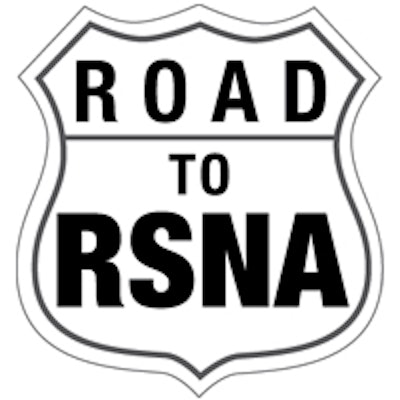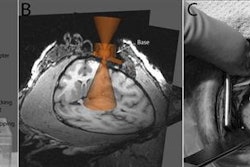
Once again at this year's annual meeting of RSNA, researchers and clinicians will offer a myriad of studies and poster presentations to show how they are continually tweaking, expanding, and experimenting with MRI to explore beyond current clinical boundaries.
MRI might be one of the oldest imaging modalities, but it is far from a staid technology. Combinations of imaging techniques serve to heighten the utility of MRI and lead to new discoveries. Witness the number of studies in Chicago that feature multiparametric MRI for applications ranging from cardiology to neurology.
MRI also helps researchers delve deep into the brains of Alzheimer's patients and people with mild cognitive impairment to see where these conditions manifest. The modality also has provided crucial information on how concussions and traumatic brain injuries represent a potential link to degenerative neurological disorders such as chronic traumatic encephalopathy (CTE), even holding the promise of diagnosing CTE while a patient is still alive instead of at autopsy.
Beyond the traditional clinical setting, functional MRI (fMRI) offers a window to addictive behavioral patterns, such as substance abuse, as well as delving into the reasons why we laugh, feel hunger, and even crave a beer.
MRI's influence is expanding in cancer, where biomarkers to characterize tumors, assess response to the appropriate therapy, and help predict subsequent survival could benefit patients with uterine cervix, endometrial, and breast cancers, as well as colorectal liver metastases. Certain MRI biomarkers also are expected to help quantify and evaluate pulmonary vascular disease and aid in the diagnosis of diabetes mellitus.
The pairing of MRI with PET remains attractive to researchers who use the hybrid modality to investigate clinical applications that traditionally have been the domain of PET and PET/CT. Reduced radiation exposure from MRI, compared with CT, is an obvious benefit to patients, especially those facing multiple scans. PET/MRI, however, still must overcome the not-so-subtle challenges of its hefty purchase price and operating costs, as well as longer scan times.
Always in the background of any contrast-based MRI procedure is the issue of gadolinium-based contrast agents. Recent studies have struck both cautionary and conciliatory chords by debating to what degree clinicians should be concerned about minute traces of gadolinium in brain tissue many years after administration. Even with these concerns, the ultimate decision is balancing the benefit against the risk for the patient.
Of course, the best way to learn about current and future trends in MRI is to visit RSNA 2016. A complete rundown on all scheduled presentations, abstracts, posters, refresher courses, and educational forums is available here.
But, first, peruse the list of the scientific sessions below with comments from the presenters on how their findings could affect your radiology practice.


.fFmgij6Hin.png?auto=compress%2Cformat&fit=crop&h=100&q=70&w=100)





.fFmgij6Hin.png?auto=compress%2Cformat&fit=crop&h=167&q=70&w=250)











